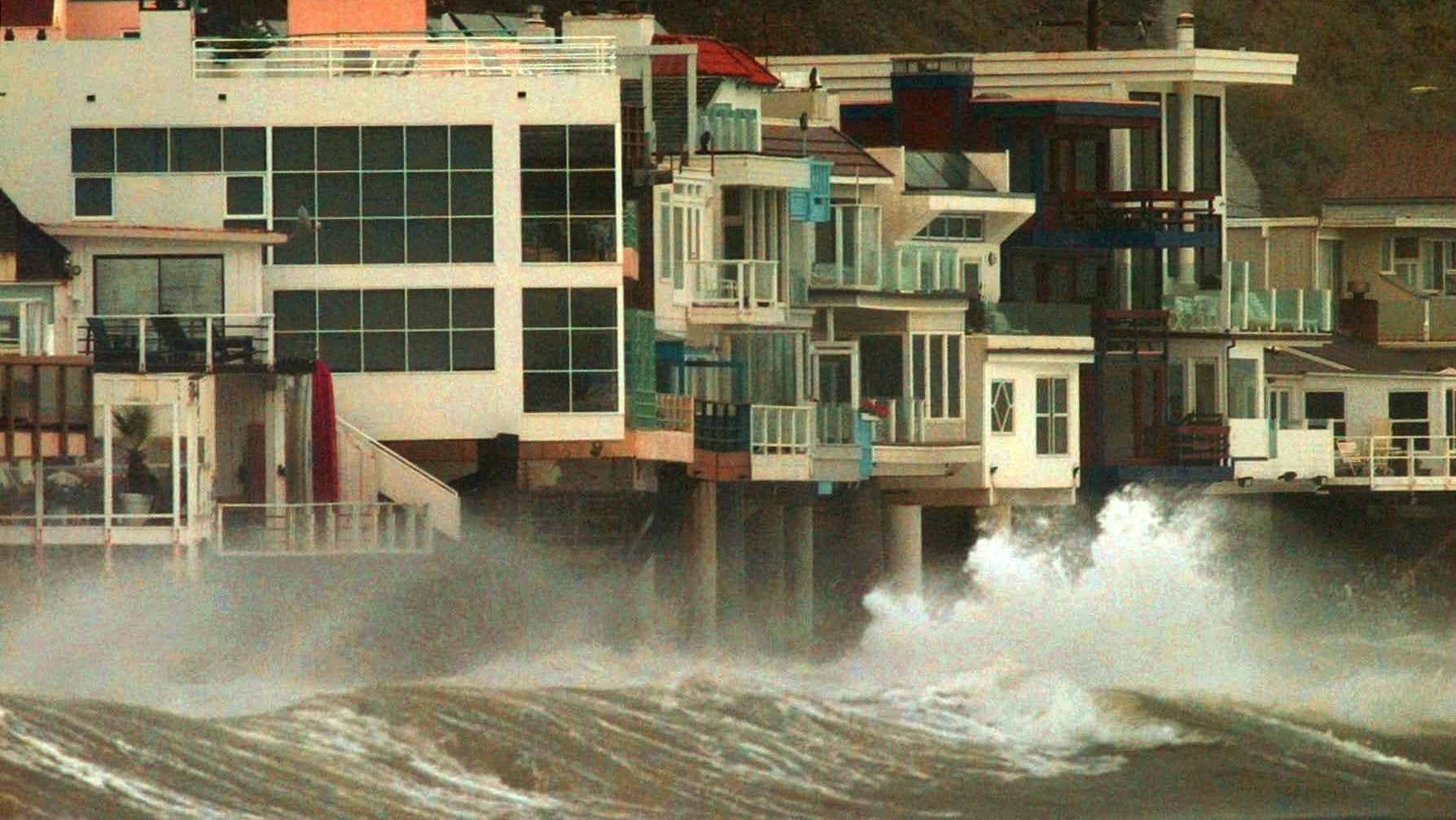This El Niño could be the biggest El Niño in recorded history
Temperatures in certain parts of the Pacific Ocean are warmer right now than at any time in the last 25 years at least, according to data from the US National Oceanic and Atmospheric Administration. The reason: an El Niño, one that scientists say has a chance at being the biggest one ever recorded.


Temperatures in certain parts of the Pacific Ocean are warmer right now than at any time in the last 25 years at least, according to data from the US National Oceanic and Atmospheric Administration. The reason: an El Niño, one that scientists say has a chance at being the biggest one ever recorded.
It’s a sign that this El Niño could surpass in strength the previous record-setting events of 1997 and 1982. Both of those events were Super El Niños. This year’s event looks so much stronger than the 1997 record that a climatologist compared it to an upstart displacing a grand sumo wrestling champion.
El Niño is a weather phenomenon that arises when sea surface temperatures in the equatorial Pacific Ocean rise, pushing northward the heavy rains that usually fall on South American rainforests.
It typically results in drought in South America and Australia, mild winters in the northeastern United States, and heavy rain in the southern US.
Temperatures in a key spot off the coast of Peru were recorded last week at 5.4º Fahrenheit (3º Celsius) above average. In 1997, the same spot was 5º above average.
El Niños are tricky to predict, though, and scientists caution that just because the data shows a major event could happen, that doesn’t mean it will.
Certain rainfall patterns that were well established by this point in 1997 haven’t developed yet, the National Weather Service’s Climate Prediction Center deputy director Mike Halpert told the Los Angeles Times. But, he cautioned, they still could.
The National Weather Service has forecast an unusually wet winter in California. Agencies throughout the state are clearing flood channels and storm drains in preparation for heavy rains. Officials in southern California are trying to relocate homeless people living in drains and washes before deadly floods endanger their lives.
The system’s effects are already being felt elsewhere in the world. This year’s El Niño has been blamed for devastating droughts in Indonesia, for example. Continuing drought in affected countries could kill crops and raise rice prices, leading to poverty and food insecurity for millions.
“We expect this year to peak in the top three, with 1997 and 1982, but where it falls is too early to say. But regardless of where it is ranked, this has been a significant event,” NOAA meteorologist Tom DiLiberto told the Guardian. “We are seeing impacts across the globe already.”